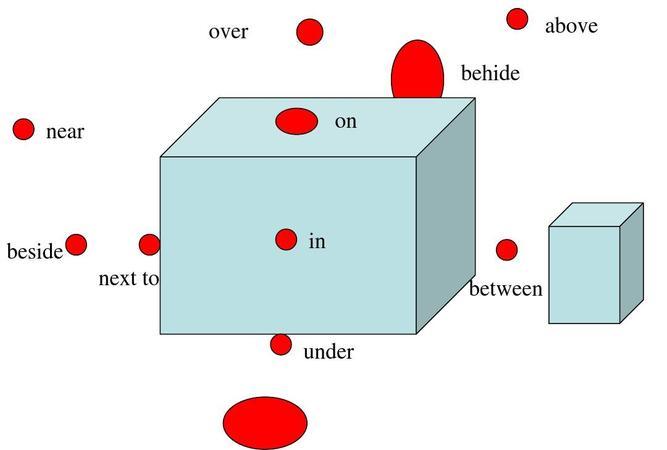介词在英语语法中起着重要作用,通常放在名词、代词、动词的后面,表示它们之间的关系。当与时间状语或地点状语一起出现时,介词通常放在它们之后。介词也可以放在动词之后,表示动作的方向或目的。正确使用介词可以使语言更准确、流畅。

介词放置的基本原则
介词通常放在名词、代词、动词的后面,来表示它们之间的关系。比如:
- I'm going to the store.(我要去商店。)
- She is sitting on the chair.(她坐在椅子上。)
- The cat is hiding under the bed.(猫在床底下躲藏。)
介词与时间状语的位置
当介词与时间状语一起出现时,介词通常放在时间状语之后。比如:
- I will meet you at the airport at noon.(我会在中午在机场见你。)
- She went to bed after midnight.(她在午夜后睡觉。)
- We will have a party on Friday evening.(我们将在星期五晚上举行聚会。)
介词与地点状语的位置
当介词与地点状语一起出现时,介词通常放在地点状语之后。比如:
- The cat is sitting on the roof.(猫坐在屋顶上。)
- He lives in a big house near the lake.(他住在靠近湖边的一座大房子里。)
- The school is located at the end of the street.(学校位于街道的尽头。)
介词与动词的位置
介词也可以放在动词之后,用来表示动作的方向或目的。比如:
- I'm going to the park to play basketball.(我去公园打篮球。)
- She is looking for her keys in the bag.(她在包里找她的钥匙。)
- He jumped over the fence to escape.(他跳过围墙逃跑。)

